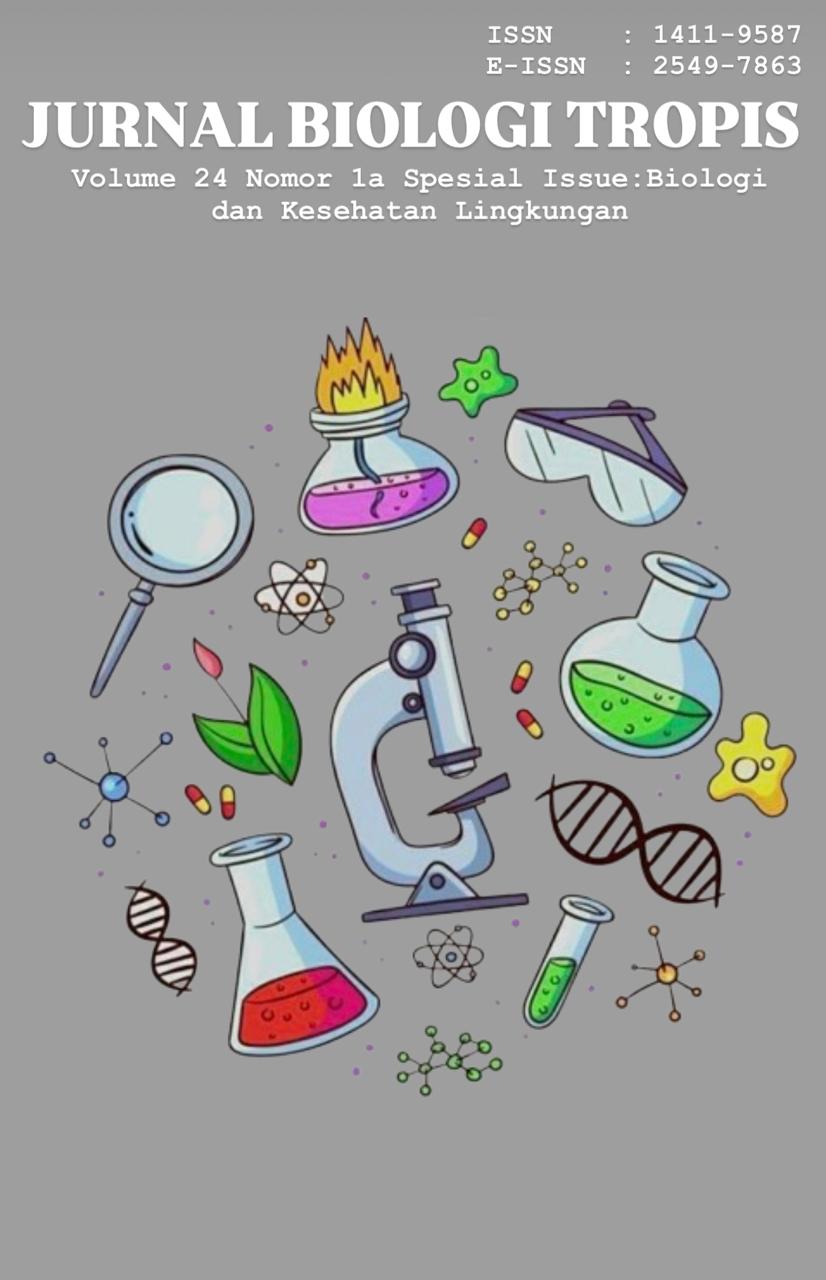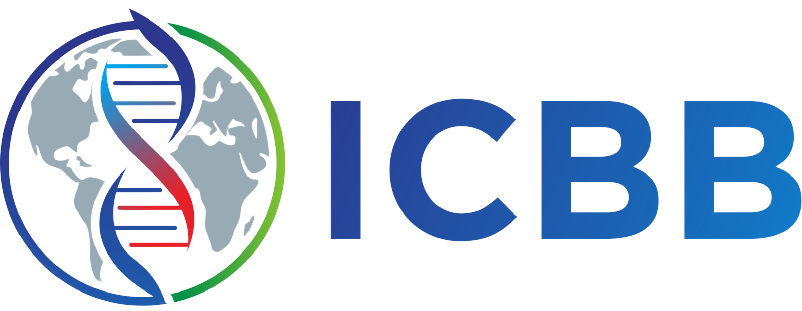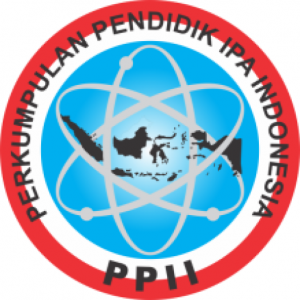Factors Affecting the Quality of Life of Children with Thalassemia: Literature Review
Authors
Aisya Nur AbidaDOI:
10.29303/jbt.v24i1b.8143Published:
2024-12-25Issue:
Vol. 24 No. 1b (2024): Special IssueKeywords:
Children, thalassemia, risk factors, quality of life.Articles
Downloads
How to Cite
Downloads
Metrics
Abstract
The chronic condition known as thalassaemia is a hereditary ailment that results in the loss or decreased synthesis of one or more globin chains in erythrocytes. Ineffective erythropoiesis, early erythrocyte breakdown, and anaemia are all possible outcomes of thalassaemia. In Indonesia, it is estimated that between 3-10% of people have β thalassaemia, whereas between 2.6-11% have α thalassaemia. Approximately 2,500 newborns are thought to be born with β-thalassemia major each year. The purpose of this study is to identify the variables that affect the quality of life for kids with thalassaemia so that the right kind of medication can be developed to lessen this issue. This study used the Preferred Reporting Items for Systematic Reviews and Meta-analyses (PRISMA) technique to conduct a literature review. The PubMed and ScienceDirect databases were used to conduct online searches for the literature. Three articles in all were chosen for examination based on search results that satisfied the inclusion requirements. The study findings from the three analysed publications indicate that the primary factor influencing a child's declining quality of life is school function. Children's age, the kind of iron chelation treatment, the frequency of transfusions, the number of family members with thalassaemia, and haematopoietic stem cell transplant operations are all factors that affect the quality of life of patients with thalassaemia. Based on the factors that influence the quality of life of children with thalassemia, the role of parents supported by the government and community is needed in the treatment of children with thalassemia.
References
Ali, S., Mumtaz, S., Shakir, H. A., Khan, M., Tahir, H. M., Mumtaz, S., Mughal, T. A., Hassan, A., Kazmi, S. A. R., Sadia, Irfan, M., & Khan, M. A. (2021). Current status of beta-thalassemia and its treatment strategies. Molecular Genetics and Genomic Medicine, 9(12), 1–14. https://doi.org/10.1002/mgg3.1788
Behdani, F., Badiee, Z., Hebrani, P., Moharreri, F., Badiee, A. H., Hajivosugh, N., Rostami, Z., & Akhavanrezayat, A. (2015). Psychological aspects in children and adolescents with major thalassemia: A case-control study. Iranian Journal of Pediatrics, 25(3), 0–7. https://doi.org/10.5812/ijp.25(3)2015.322
Biswas, B., Naskar, N. N., Basu, K., Dasgupta, A., Basu, R., & Paul, B. (2023). An Epidemiological Study of the Quality of Life of Children With Beta-Thalassemia Major (β-TM) and Its Correlates in Kolkata, West Bengal, India. Cureus, 15(3). https://doi.org/10.7759/cureus.36888
Farmakis, D., Porter, J., Taher, A., Cappellini, M. D., Angastiniotis, M., & Eleftheriou, A. (2022). 2021 Thalassaemia International Federation Guidelines for the Management of Transfusion Dependent Thalassemia. Hemasphere, 6(8). https://doi.org/10.1097/HS9.0000000000000732
Geneen, L. J., Dorée, C., & Estcourt, L. J. (2023). Interventions for improving adherence to iron chelation therapy in people with sickle cell disease or thalassaemia. Cochrane Database of Systematic Reviews, 2023(3). https://doi.org/10.1002/14651858.CD012349.pub3
Hossain, M. J., Islam, M. W., Munni, U. R., Gulshan, R., Mukta, S. A., Miah, M. S., Sultana, S., Karmakar, M., Ferdous, J., & Islam, M. A. (2023). Health-related quality of life among thalassemia patients in Bangladesh using the SF-36 questionnaire. Scientific Reports, 13(1), 1–12. https://doi.org/10.1038/s41598-023-34205-9
Lin, J., Sklar, G. E., Oh, V. M. Sen, & Li, S. C. (2008). Factors affecting therapeutic compliance: A review from the patient’s perspective. Therapeutics and Clinical Risk Management, 4(1), 269–286. https://doi.org/10.2147/tcrm.s1458
Mardhiyah, A., Panduragan, S. L., Mediani, H. S., & Yosep, I. (2024). Factors Associated With Quality of Life Among Adolescent With Beta Thalassemia in Indonesia: A Cross-Sectional Study. SAGE Open Nursing, 10. https://doi.org/10.1177/23779608241255638
Mulas, O., Efficace, F., Orofino, M. G., Piroddi, A., Piras, E., Vacca, A., Barella, S., Costa, A., Giesinger, J. M., La Nasa, G., & Caocci, G. (2023). Health-Related Quality-of-Life Profile of Pediatric Patients with β Thalassemia after Hematopoietic Stem Cell Transplantation. Journal of Clinical Medicine, 12(18), 1–13. https://doi.org/10.3390/jcm12186047
Piga, A. (2017). Impact of bone disease and pain in thalassemia. Hematology, 2017(1), 272–277. https://doi.org/10.1182/asheducation-2017.1.272
Pinto, V. M., & Forni, G. L. (2020). Management of iron overload in beta-thalassemia patients: Clinical practice update based on case series. International Journal of Molecular Sciences, 21(22), 1–20. https://doi.org/10.3390/ijms21228771
Qiao, J., Luo, B., Ming, J., Zhang, X., Weng, J., Deng, Q., Zhou, S., & Chen, Y. (2024). Health-related quality of life and associated factors among children with Transfusion-dependent β-thalassaemia: a cross-sectional study in Guangxi Province. Health and Quality of Life Outcomes, 22(1), 93. https://doi.org/10.1186/s12955-024-02307-1
Sari, T. T., Rahmartani, L. D., Wirahmadi, A., Selene, N. B., Iskandar, S. D., & Wahidiyat, P. A. (2024). Psychological Burden among Pediatric Thalassemia Major Patients in Indonesia: A Review. Thalassemia Reports, 14(2), 33–43. https://doi.org/10.3390/thalassrep14020005
Shafie, A. A., Chhabra, I. K., Wong, J. H. Y., Mohammed, N. S., Ibrahim, H. M., & Alias, H. (2020). Health-related quality of life among children with transfusion-dependent thalassemia: A cross-sectional study in Malaysia. Health and Quality of Life Outcomes, 18(1). https://doi.org/10.1186/s12955-020-01381-5
Taher, A. T., Radwan, A., & Viprakasit, V. (2015). When to consider transfusion therapy for patients with non-transfusion-dependent thalassaemia. Vox Sanguinis, 108(1), 1–10. https://doi.org/10.1111/vox.12201
Vahedi, S. (2010). World Health Organization Quality-of-Life Scale (WHOQOL-BREF): Analyses of Their Item Response Theory Properties Based on the Graded Responses Model. Iranian Journal of Psychiatry, 5(4), 140–153. http://www.ncbi.nlm.nih.gov/pubmed/22952508%0Ahttp://www.pubmedcentral.nih.gov/articlerender.fcgi?artid=PMC3395923
Wahidiyat, P. A., Sari, T. T., Rahmartani, L. D., Iskandar, S. D., Pratanata, A. M., Yapiy, I., Setianingsih, I., Atmakusuma, T. D., & Lubis, A. M. (2022). Thalassemia in Indonesia. Hemoglobin, 46(1), 39–44. https://doi.org/10.1080/03630269.2021.2023565
Wratsangka, R., Tungka, E. X., Murthi, A. K., Ali, S., Nainggolan, I. M., & Sahiratmadja, E. (2024). Anemia among Medical Students from Jakarta: Indonesia - Iron Deficiency or Carrier Thalassemia? Anemia, 2024. https://doi.org/10.1155/2024/4215439
Yousuf, R., Akter, S., Wasek, S. M., Sinha, S., Ahmad, R., & Haque, M. (2022). Thalassemia: A Review of the Challenges to the Families and Caregivers. Cureus, 14(12), 8–15. https://doi.org/10.7759/cureus.32491
Yusof, W., Zulkifli, M. M., Azman, N. F., Ab Hamid, S. A., Othman, A., Draman, N., Zilfalil, B. A., Hassan, R., & Abdullah, W. Z. (2020a). Factors affecting health-related quality of life and its association with the Xmn1-Gγ polymorphism among adolescents with transfusion-dependent beta thalassemia and HbE/β-thalassemia in East Coast Malaysia. Pediatric Hematology Oncology Journal, 5(2), 30–36. https://doi.org/10.1016/j.phoj.2020.04.001
Yusof, W., Zulkifli, M. M., Azman, N. F., Ab Hamid, S. A., Othman, A., Draman, N., Zilfalil, B. A., Hassan, R., & Abdullah, W. Z. (2020b). Factors affecting health-related quality of life and its association with the Xmn1-Gγ polymorphism among adolescents with transfusion-dependent beta thalassemia and HbE/β-thalassemia in East Coast Malaysia. Pediatric Hematology Oncology Journal, 5(2), 30–36. https://doi.org/10.1016/J.PHOJ.2020.04.001
License
Copyright (c) 2024 Aisya Nur Abida

This work is licensed under a Creative Commons Attribution 4.0 International License.

Jurnal Biologi Tropis is licensed under a Creative Commons Attribution 4.0 International License.
The copyright of the received article shall be assigned to the author as the owner of the paper. The intended copyright includes the right to publish the article in various forms (including reprints). The journal maintains the publishing rights to the published articles.
Authors are permitted to disseminate published articles by sharing the link/DOI of the article at the journal. Authors are allowed to use their articles for any legal purposes deemed necessary without written permission from the journal with an acknowledgment of initial publication to this journal.


























